It takes no time at all to travel from Iceland’s main airport to the initial site of interest for this feature.
“New car to drive. A Kia. They’ve got one available in Iceland: land of fire and ice, they say. Go and pick it up and see how close you can drive to a volcano,” they’d said at the office, breezily, which sounded like a good wheeze at the time.
But the idea seems to get considerably more glib the closer I drive to the village of Grindavík. Iceland’s south-western Reykjanes peninsula, on which Grindavík is located, is currently enduring its fourth volcanic eruption since 2021 – or one long eruption with months-long pauses, depending on who you ask.
The peninsula is located on – and has been created from – the mid-Atlantic ridge, which is part of the world’s longest mountain range, if you don’t mind that its mountains are mostly underwater.
This mid-ocean ridge is a 40,390-mile continuous line of volcanos, with an average depth to the top of its mountains some 2500m below the surface of the sea. In the Atlantic, the ridge follows where the North American and Eurasian tectonic plates meet.
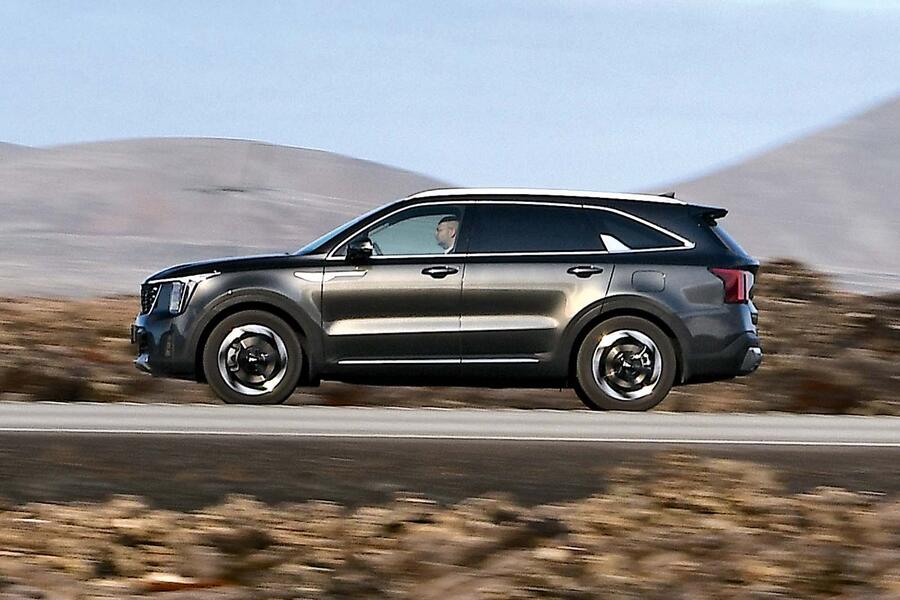
Among other islands, Ascension, the Azores and Iceland are all formed from it. And the ridge crosses Iceland directly through the middle of the Reykjanes peninsula, home to not just Grindavík but also the country’s main airport and the Svartsengi power station that produces hot water and power for more than 20,000 people – and that tops up the Blue Lagoon hot spa, one of Iceland’s biggest tourist attractions.
Even Reykjavík, the capital and home to more than 60% of Iceland’s 383,000 population, is less than 30 miles away from current eruptions. An awful lot of the country’s people and infrastructure, then, are slap bang in the middle of things.

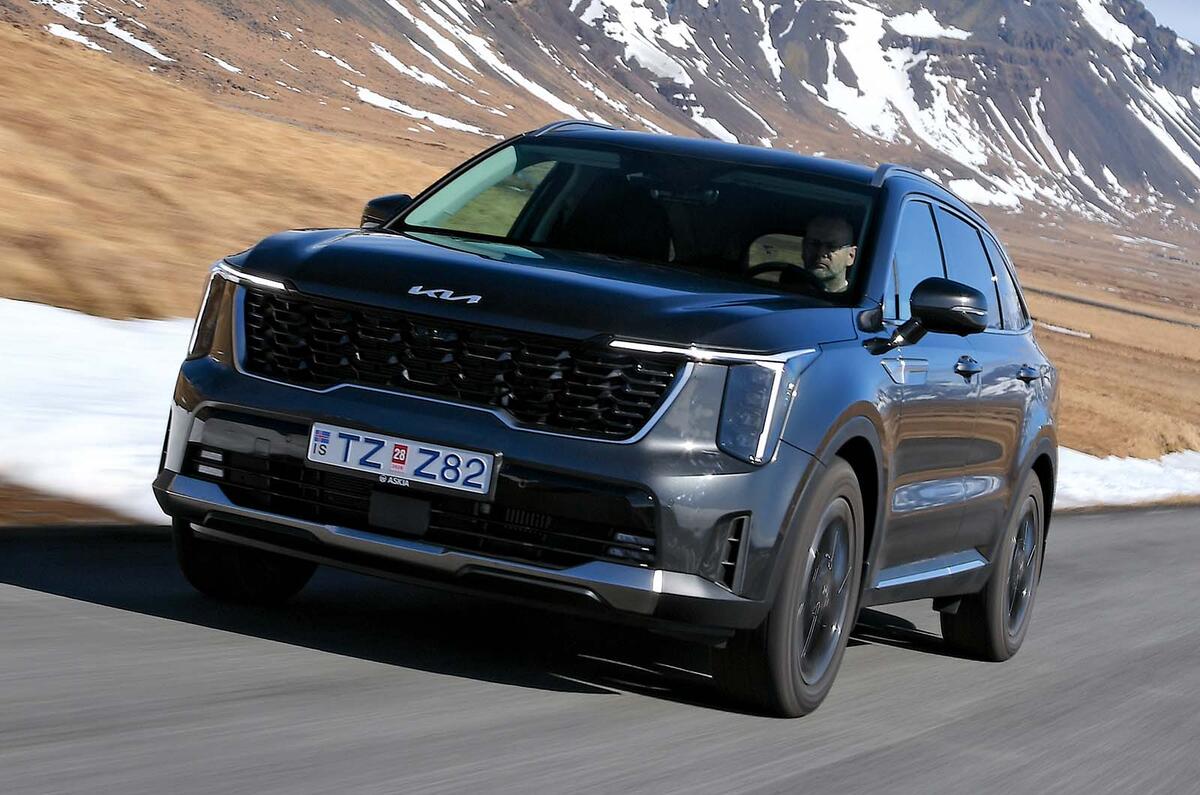






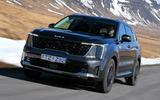







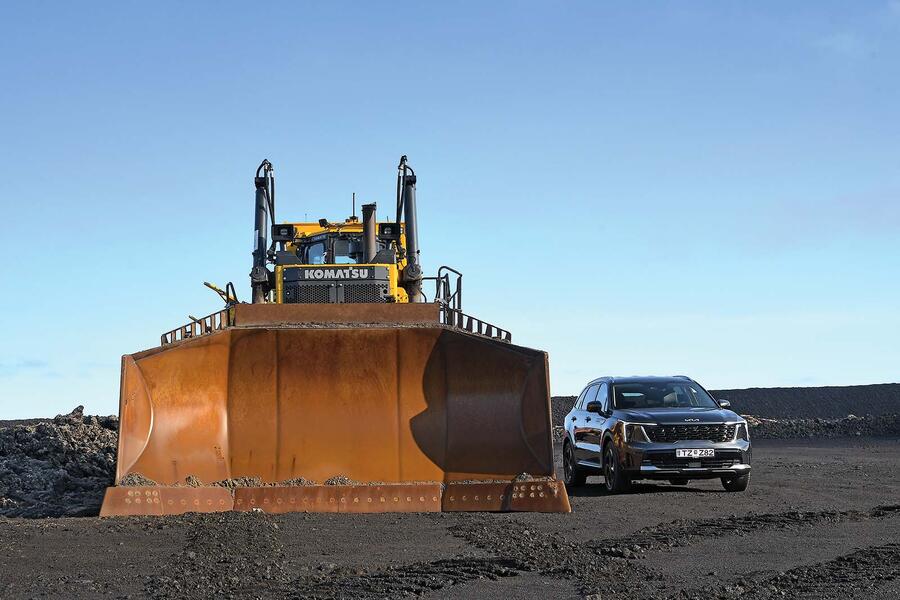
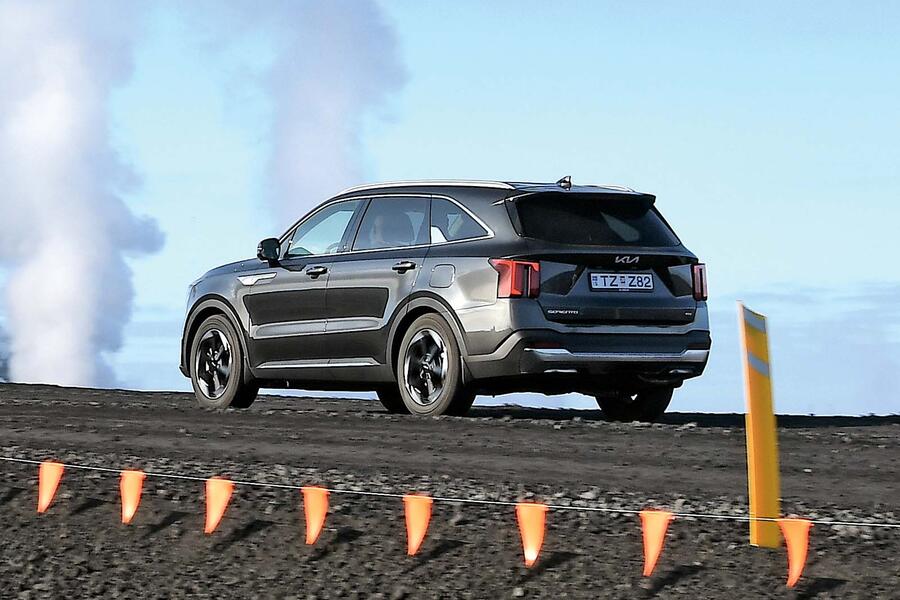
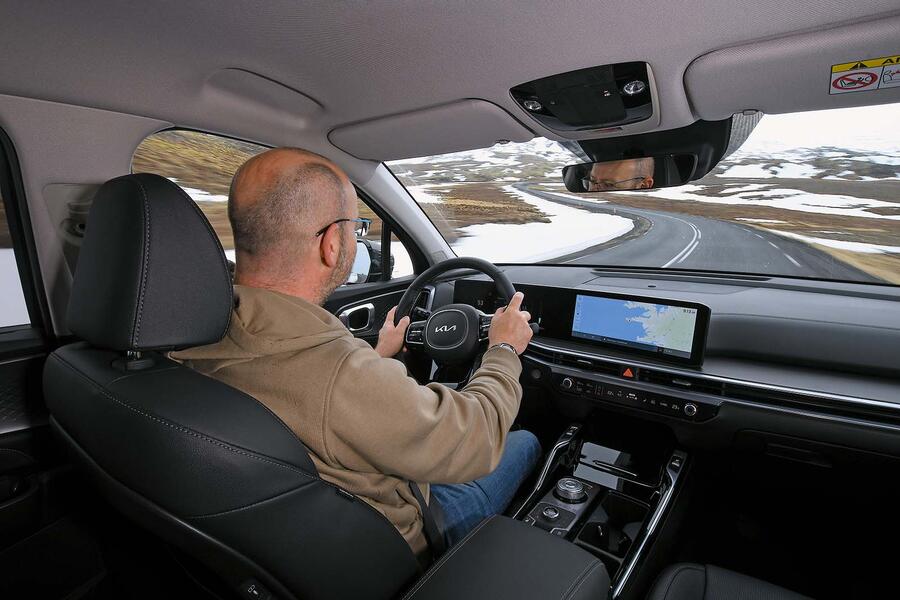
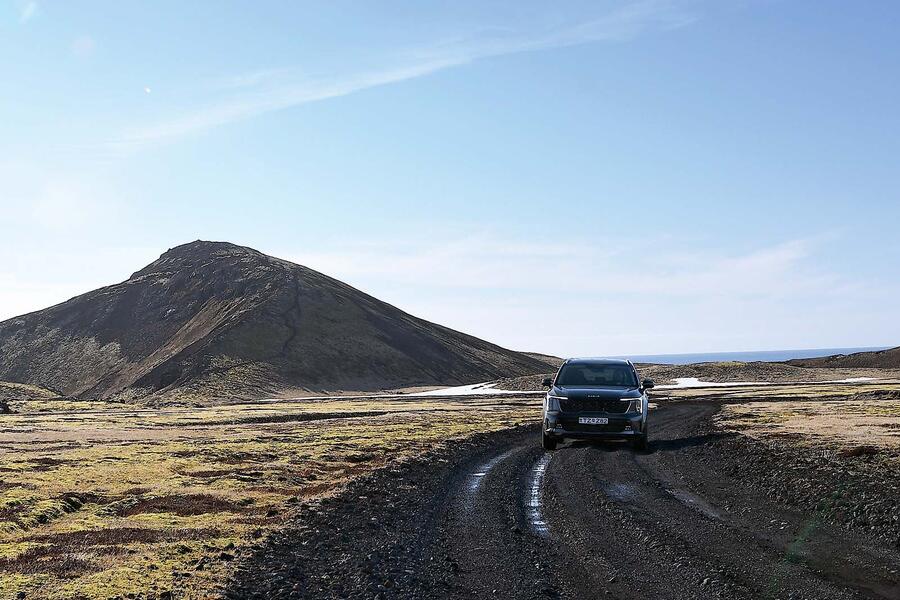
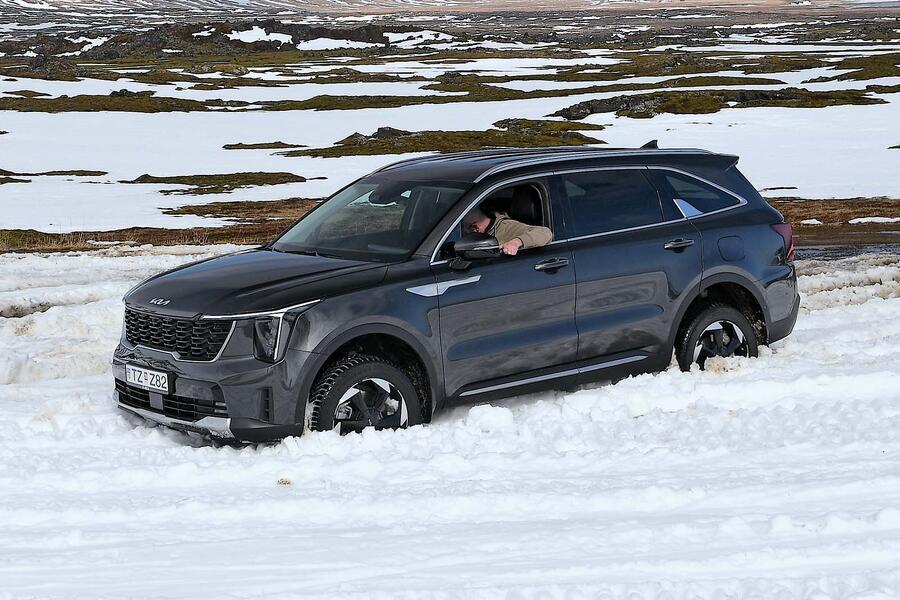
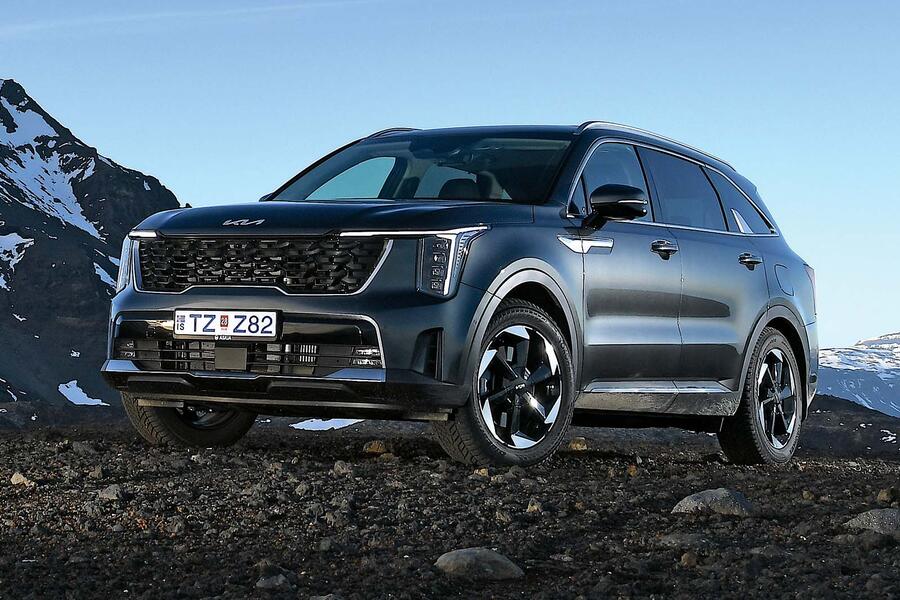





Join the debate
Add your comment
These are great family cars but no longer the screaming bargains of a few years back. And forget about the diseasel, it's over for diseasel.